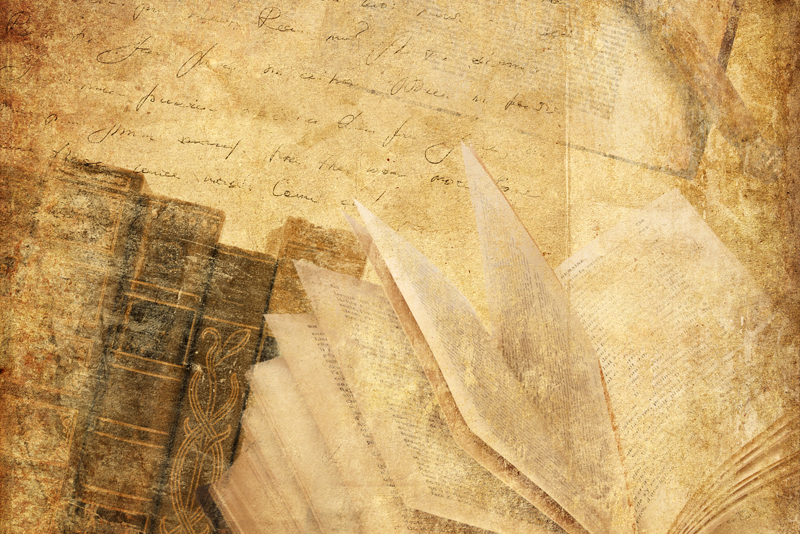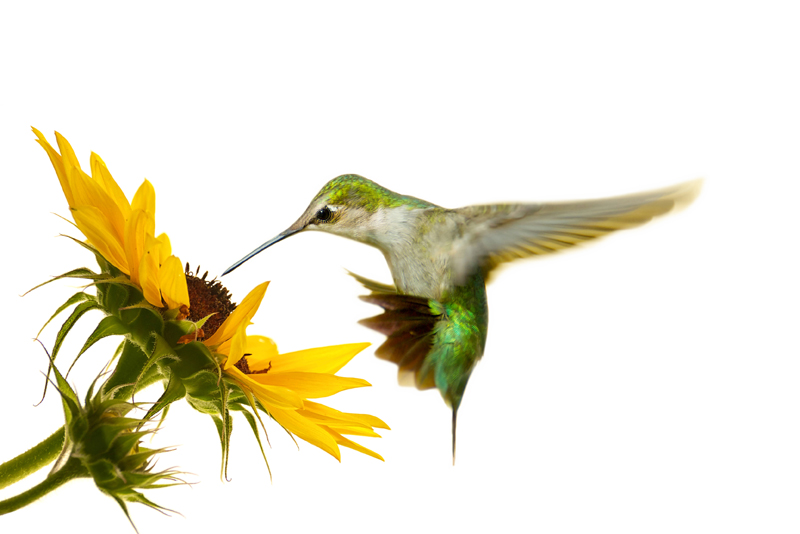Applique Methods

Applique - in the context of fabric means to put on, is an ornamentation where one or more pieces of fabric are sewn over a supporting fabric background usually for a decorative effect. Viewed as a textile craft with a long history, applique motifs are found as surface decoration on clothing, bedding, quilts, religious garments and banners, hats, umbrellas, tents and more.
The applied shapes can very elaborate and precisely detailed as evidence by the work of skilled artisans from Indian, African, Native American and American Colonial cultures to name a few. Contemporary applique shows imaginative collage-like pictorials of flowers, vining leaves or with a rustic aesthetic showcasing frayed edges and visible straight stitches on whimsical shapes. Historically, applique shapes elaborated the history, traditions, and lineage of a culture. Like Egyptian pictographs, they often tell a story. Common sewing stitches like an invisible stitch, blanket stitch, or running stitch are usually used to attach the appliques to the fabric.
Needles and pins, threads, marking pencils, small sharp scissors, an iron and a pincushion are todays basic tools for this noble craft.
Hand Applique - The traditional hand stitch for needle-turn applique is the nearly invisible stitch. The thread comes up from behind the background fabric through to the pre-marked stitching or 'turning line' on the appliqué motif then the shape is folded and stitched in small sections or begin the stitch by slipping the knotted thread between the pre- folded seam allowance of the appliqué fabric passing the needle out through the outer edge of the fabric and back into the background fabric. Either way the needle will move from underneath the background fabric emerging to the folded edge of the appliqué piece and back down through the background fabric continuing all around the edges of the motif. Other stiches to tack down the applique to the background fabric are a blanket stitch or straight (running) stitch.
Machine Applique – A common method involves first machine stitching a placement line on the background fabric, then placing a piece of fabric larger than the stitched line over the stitches and then a second row of stitches on the top fabric to attach it to the background. The extra fabric is trimmed away from the stitched edge to reveal the decorative applique shape.
A fun method of machine applique uses store bought pre-cut shapes, or shapes individually cut out of themed novelty fabrics. Often a zig zag or basting stitch is used on the edge of the design to tack down the applique edge to keep the shape in place before a final close satin stitch can be applied for a more precise finished edge. A machine blanket stitch can also be applied for a casual look to the edge. Pinning down the applique is a preferred method to initially tack down the motif onto the background fabric to keep it from moving when stitching, however a fabric adhesive-type glue can be used for some applications.
Fused Applique - an iron-on fusible web is a fiber sheet that will melt when heated bonding together two pieces of fabric. As an applique process, the shapes are fused to the base fabric with the heat of the iron. Hand or machine stitching on the applique edge is still needed to keep the edges from lifting off the background fabric when laundering. Although fusible webbing may not be appropriate for all fabrics like those open weaved, highly textured, napped, or heat-sensitive, it is a quick and easy way to apply fun designs to a chosen background cloth.
Reverse Applique - layer fabrics together and stitch a design motif on top then cut away parts of the top fabric close to the stitching to reveal the shape in the fabric below. A peek-a-boo method of applique. A design is easily drawn on freezer paper and shiny side down ironed onto the top layer of fabric or iron-on tear away paper can be used. Machine stitch on the design outline through all fabric layers. Carefully cut or tear away the paper so as not to dislodge the stitching then cut away the excess top layer of fabric inside the stitching line to reveal the underlaying design.
Whether the fabric motifs show representative pictures, symbols, abstract geometric shapes, cultural, historical or religious representations, the applied fabric layers, fine stitches, fabric cutouts and hand or machine stitches are all hallmarks of a unique style of textile art called applique.
Applique Basics and designs found on Pinterest.com
Sew happy, sew inspired.
The applied shapes can very elaborate and precisely detailed as evidence by the work of skilled artisans from Indian, African, Native American and American Colonial cultures to name a few. Contemporary applique shows imaginative collage-like pictorials of flowers, vining leaves or with a rustic aesthetic showcasing frayed edges and visible straight stitches on whimsical shapes. Historically, applique shapes elaborated the history, traditions, and lineage of a culture. Like Egyptian pictographs, they often tell a story. Common sewing stitches like an invisible stitch, blanket stitch, or running stitch are usually used to attach the appliques to the fabric.
Needles and pins, threads, marking pencils, small sharp scissors, an iron and a pincushion are todays basic tools for this noble craft.
Hand Applique - The traditional hand stitch for needle-turn applique is the nearly invisible stitch. The thread comes up from behind the background fabric through to the pre-marked stitching or 'turning line' on the appliqué motif then the shape is folded and stitched in small sections or begin the stitch by slipping the knotted thread between the pre- folded seam allowance of the appliqué fabric passing the needle out through the outer edge of the fabric and back into the background fabric. Either way the needle will move from underneath the background fabric emerging to the folded edge of the appliqué piece and back down through the background fabric continuing all around the edges of the motif. Other stiches to tack down the applique to the background fabric are a blanket stitch or straight (running) stitch.
Machine Applique – A common method involves first machine stitching a placement line on the background fabric, then placing a piece of fabric larger than the stitched line over the stitches and then a second row of stitches on the top fabric to attach it to the background. The extra fabric is trimmed away from the stitched edge to reveal the decorative applique shape.
A fun method of machine applique uses store bought pre-cut shapes, or shapes individually cut out of themed novelty fabrics. Often a zig zag or basting stitch is used on the edge of the design to tack down the applique edge to keep the shape in place before a final close satin stitch can be applied for a more precise finished edge. A machine blanket stitch can also be applied for a casual look to the edge. Pinning down the applique is a preferred method to initially tack down the motif onto the background fabric to keep it from moving when stitching, however a fabric adhesive-type glue can be used for some applications.
Fused Applique - an iron-on fusible web is a fiber sheet that will melt when heated bonding together two pieces of fabric. As an applique process, the shapes are fused to the base fabric with the heat of the iron. Hand or machine stitching on the applique edge is still needed to keep the edges from lifting off the background fabric when laundering. Although fusible webbing may not be appropriate for all fabrics like those open weaved, highly textured, napped, or heat-sensitive, it is a quick and easy way to apply fun designs to a chosen background cloth.
Reverse Applique - layer fabrics together and stitch a design motif on top then cut away parts of the top fabric close to the stitching to reveal the shape in the fabric below. A peek-a-boo method of applique. A design is easily drawn on freezer paper and shiny side down ironed onto the top layer of fabric or iron-on tear away paper can be used. Machine stitch on the design outline through all fabric layers. Carefully cut or tear away the paper so as not to dislodge the stitching then cut away the excess top layer of fabric inside the stitching line to reveal the underlaying design.
Whether the fabric motifs show representative pictures, symbols, abstract geometric shapes, cultural, historical or religious representations, the applied fabric layers, fine stitches, fabric cutouts and hand or machine stitches are all hallmarks of a unique style of textile art called applique.
Applique Basics and designs found on Pinterest.com
Sew happy, sew inspired.
You Should Also Read:
Blanket Stitch
Stitching by Hand
Sewing as Art

Related Articles
Editor's Picks Articles
Top Ten Articles
Previous Features
Site Map
Content copyright © 2023 by Cheryl Ellex. All rights reserved.
This content was written by Cheryl Ellex. If you wish to use this content in any manner, you need written permission. Contact Cheryl Ellex for details.







